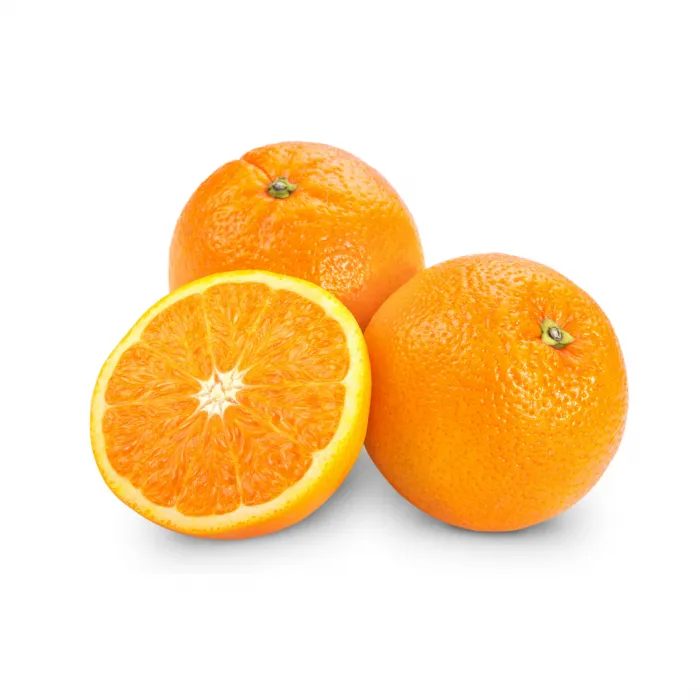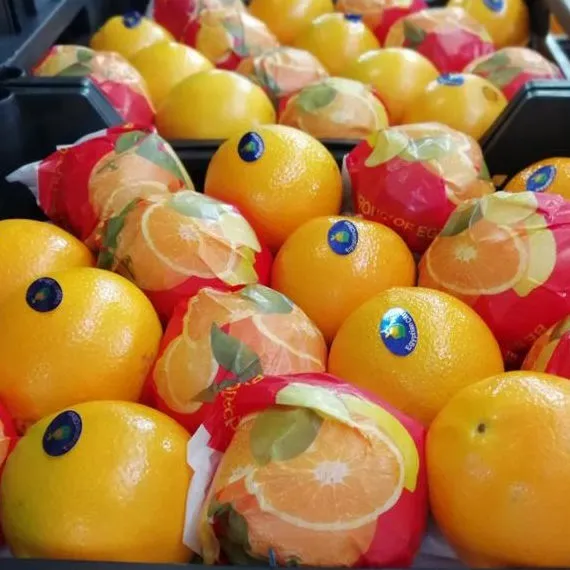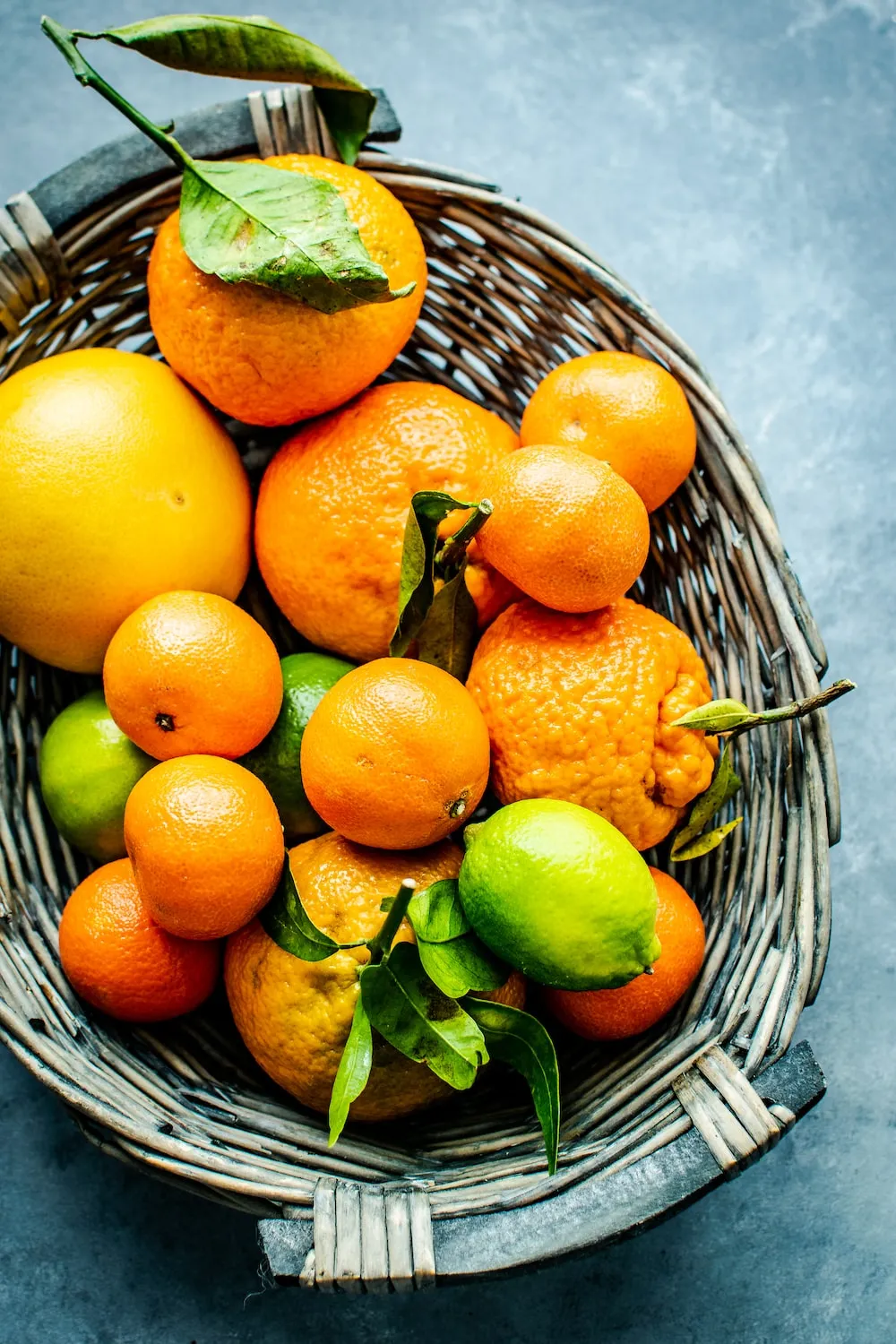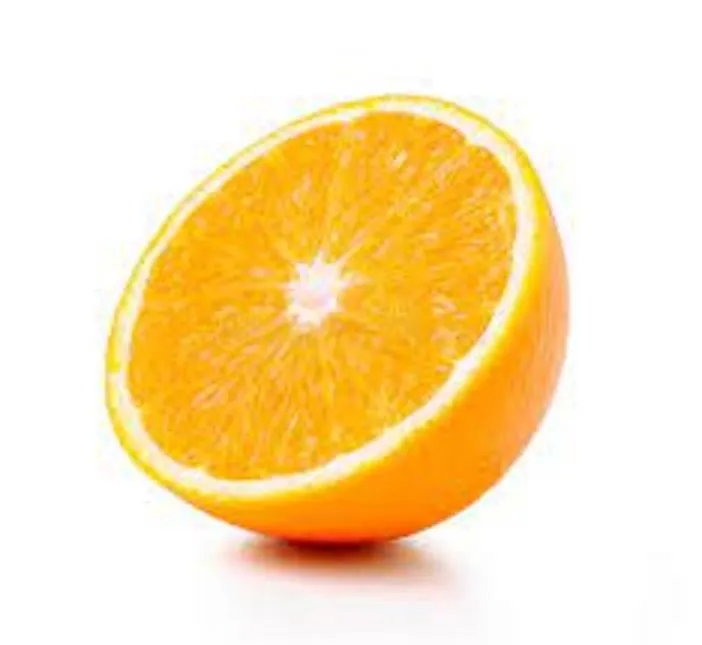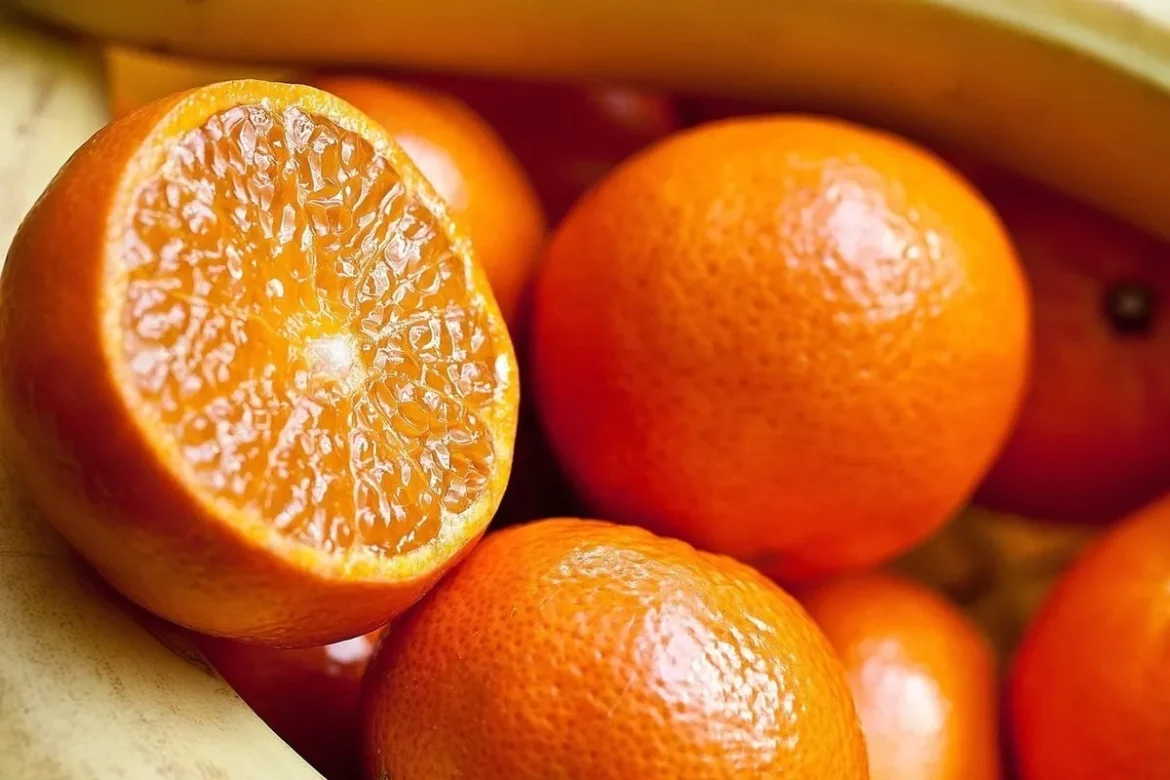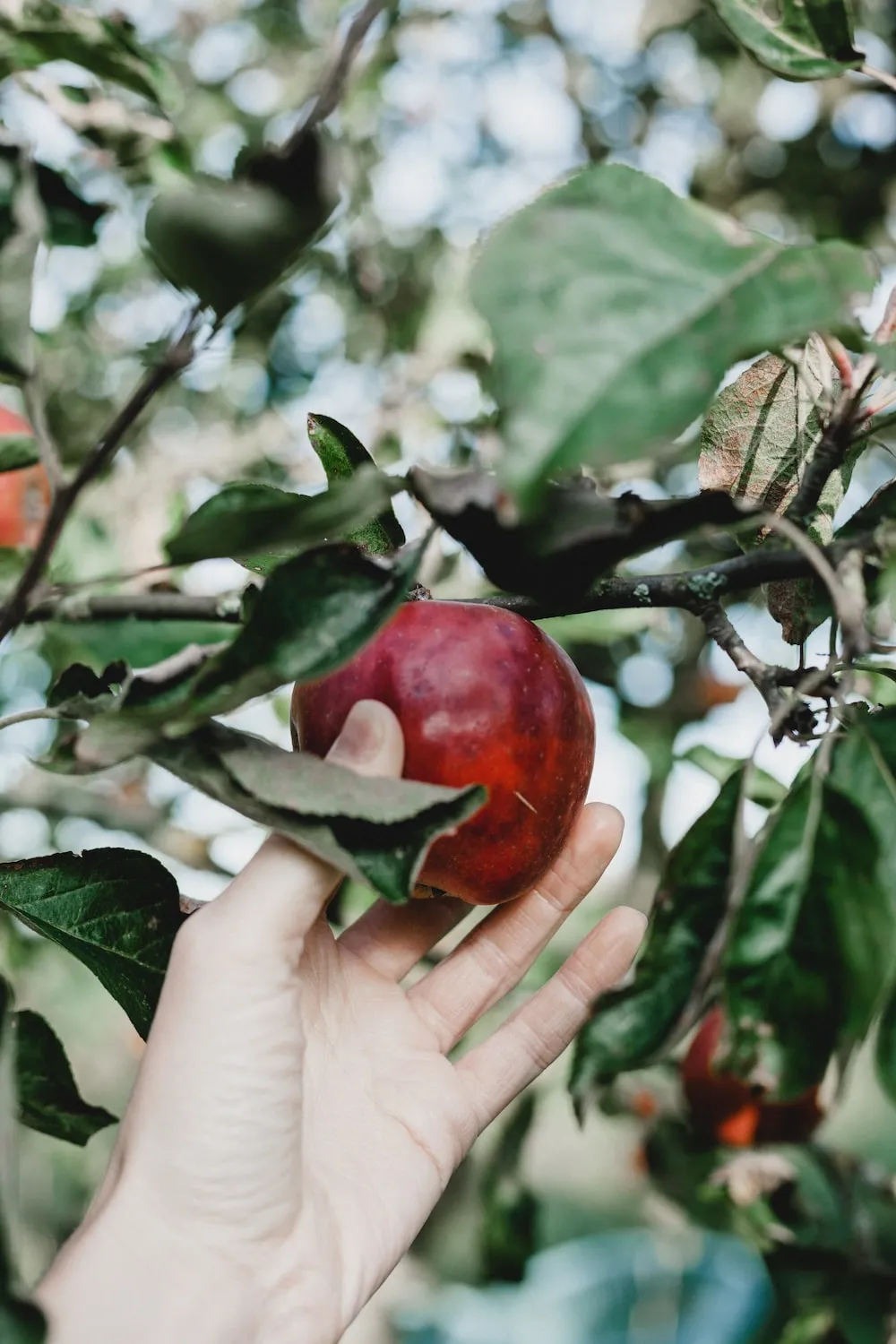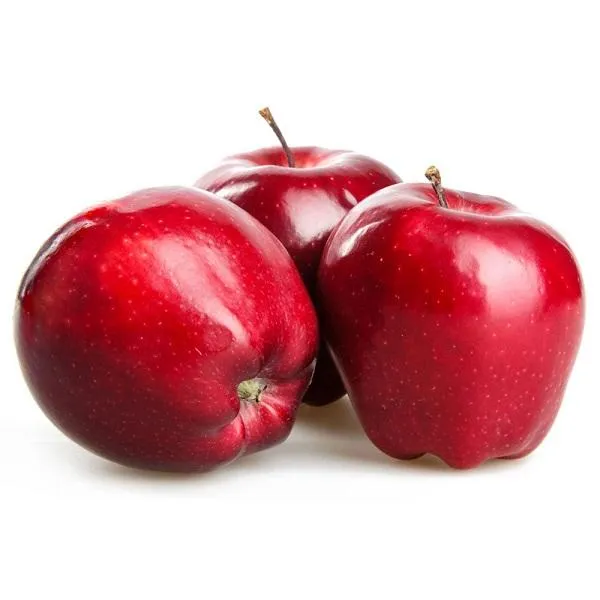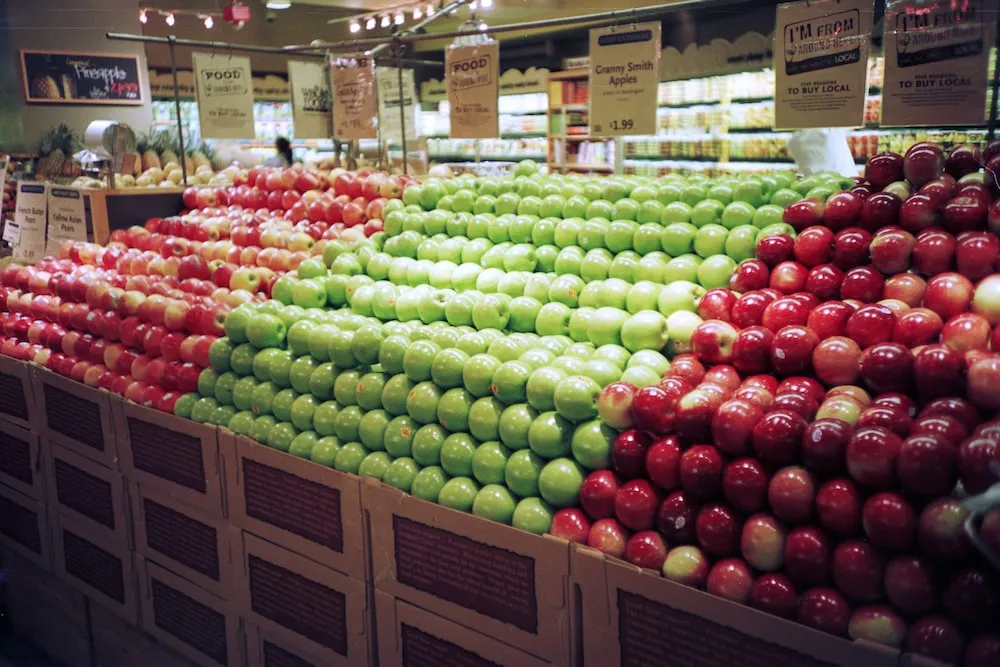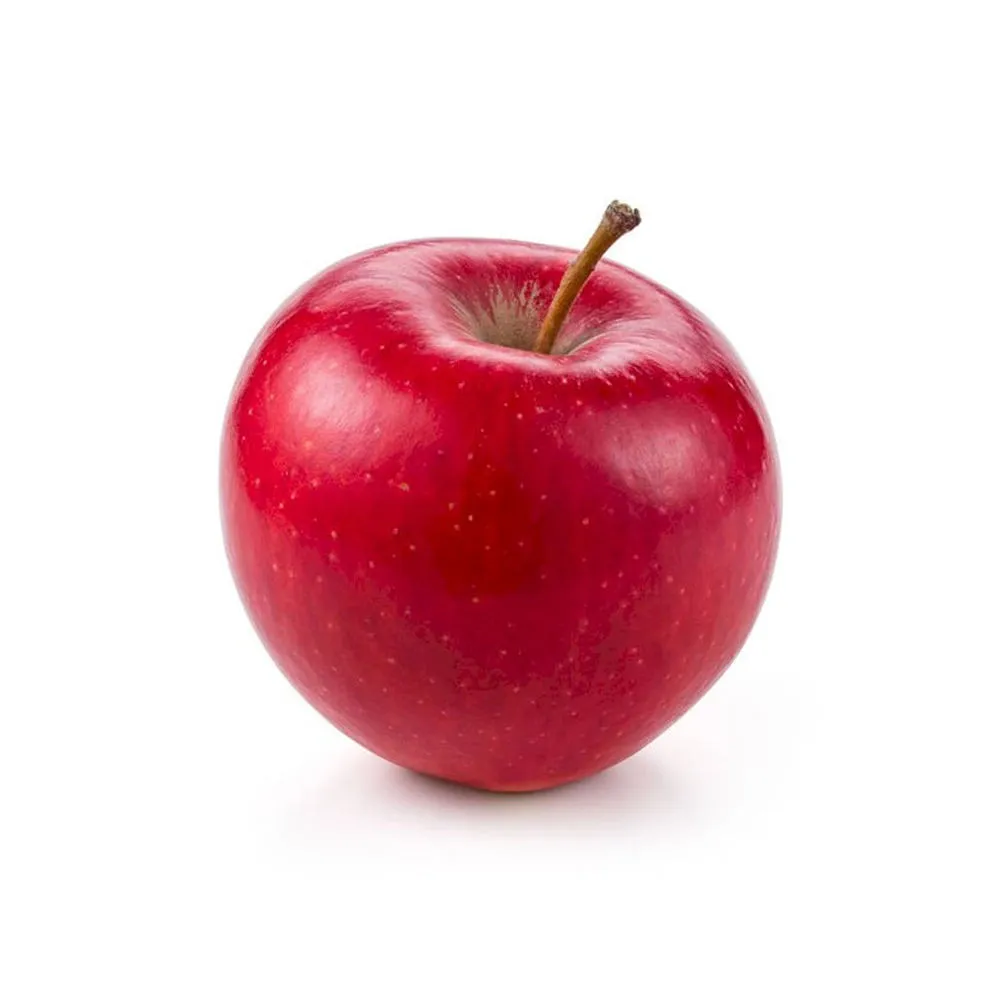Citrus fruits are a popular choice for their refreshing taste and numerous health benefits. Among them, mandarin fruit and clementines are two popular varieties that are often compared due to their similarities.
In this article, we will explore the differences between mandarin fruit and clementines, and help you make an informed decision when buying, selecting the best types of each, and incorporating them into your culinary endeavors.
Buying Mandarin Fruit vs Clementine:
When it comes to purchasing citrus fruits, it is essential to look for specific characteristics that indicate freshness and quality.
– Size: Mandarin fruit is generally larger, ranging from 2.5 to 4 inches in diameter, while clementines are smaller, usually around 2 inches in diameter.
– Skin texture: Mandarin fruit typically has a looser, pebbly skin that is easier to peel, whereas clementines have a smoother, tighter skin.
– Color: Both mandarin fruit and clementines can range in color from bright orange to deep red. Look for fruits with vibrant, uniformly colored skin, as this indicates ripeness.
When selecting either mandarin fruit or clementines, it is important to emphasize fruits that are firm and heavy for their size. Avoid any fruits that feel soft or have blemishes, as these may be signs of spoilage.
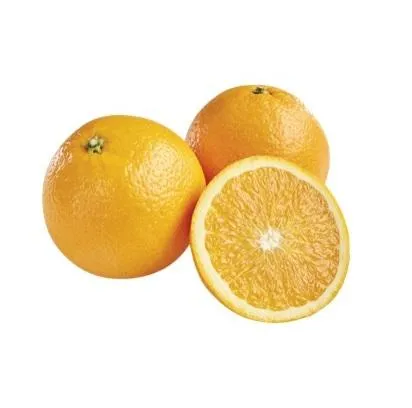
The Best Types of Mandarin Fruit vs Clementine:
Mandarin Fruit:
– Satsuma: Known for its easy-to-peel skin and sweet, juicy flesh, Satsuma mandarin is a popular variety. It often has a few seeds or may be seedless, making it convenient for snacking or adding to salads and desserts.
– Clementine: Though commonly referred to as a variety of mandarin, clementine is actually a hybrid between mandarin and sweet orange. Clementines are known for their seedless nature, with a vibrant orange color and a slightly sweeter flavor than other mandarins.
Clementine:
– Algerian: Algerian clementines are smaller and typically seedless. They are known for their intense aroma, rich flavor, and juicy segments. These clementines are often enjoyed as a snack or used in recipes that call for their distinct sweetness.
– Spanish: Spanish clementines are larger and have a bright orange color. They are often easy to peel, making them a favorite for quick, on-the-go snacks. Their flavor profile is slightly tangier compared to other varieties, adding a refreshing twist to citrus dishes.
How to Use Mandarin Fruit vs Clementine:
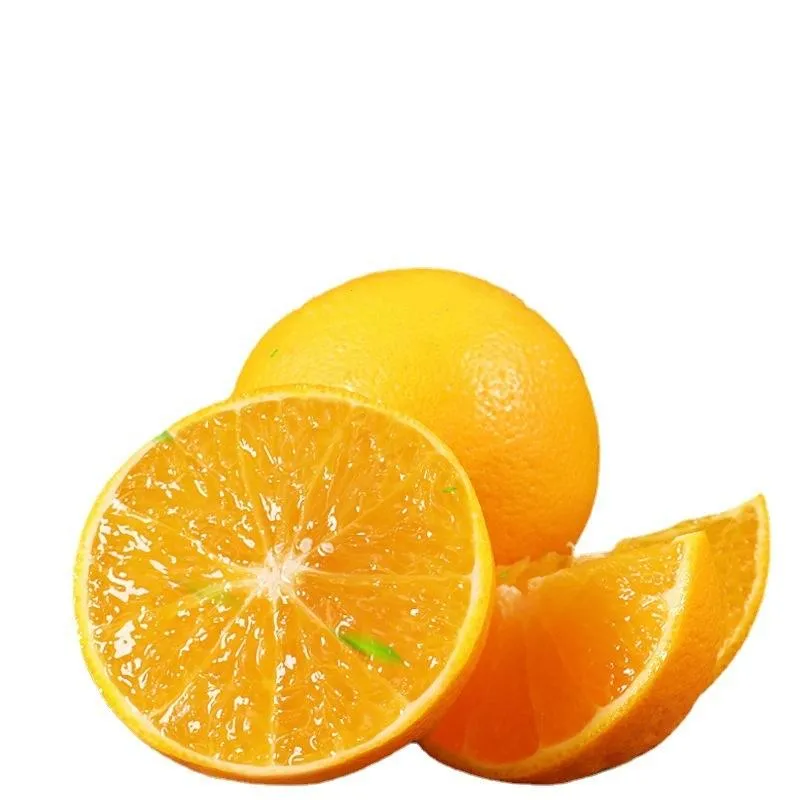
Mandarin Fruit:
1. Fresh consumption: Enjoy mandarin fruit segments as a healthy snack or incorporate them into fruit salads and smoothies.
2. Juicing: Mandarin fruit’s sweet and tangy flavor makes it perfect for juicing. Combine them with other citrus fruits or use them as a base for refreshing drinks.
3. Baking: Add mandarin zest to cakes, cookies, or bread for a burst of citrus flavor. The juice can also be used in glazes or syrups to enhance the overall taste.
Clementine:
1. Snacking: Peel the clementine and enjoy the juicy segments as a quick, healthy, and portable snack.
2. Salad topping: Add clementine segments to green salads for a burst of tangy sweetness. Pair them with leafy greens, nuts, and cheese for a delicious balance.
3. Dessert ingredient: Incorporate clementine zest or juice into desserts such as puddings, cakes, or sorbets for a zesty twist.
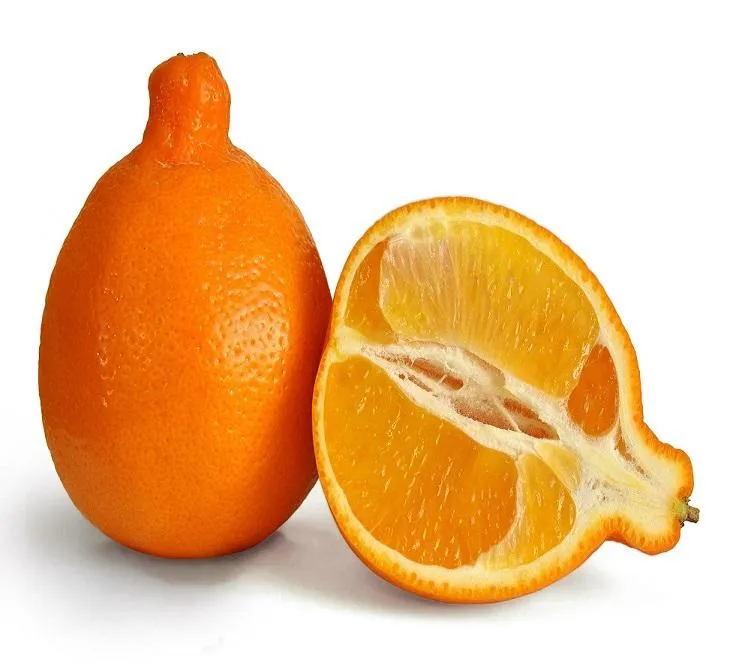
Conclusion:
While mandarin fruit and clementines share many similarities in terms of flavor and nutritional value, slight differences in size, texture, and flavor make them unique in their own rights. Whether you prefer the larger size and looser skin of mandarin fruit or the smaller, seedless nature of clementines, both make versatile additions to your culinary creations.
When buying mandarin fruit or clementines, remember to select fruits that are firm, heavy for their size, and have vibrant, uniform coloration. By understanding the best types of each and how to use them, you can fully enjoy the refreshing and zesty qualities these citrus fruits bring to your table.Additional Information:
In addition to their flavor and culinary uses, mandarin fruit and clementines offer a range of health benefits. Both fruits are rich in vitamin C, a powerful antioxidant that boosts the immune system and aids in collagen production. They also provide fiber, which supports digestive health, and are a good source of essential minerals like potassium and calcium.
Moreover, mandarin fruit and clementines contain compounds called flavonoids, which have anti-inflammatory and anti-cancer properties. These fruits have also been found to have antimicrobial properties, helping to fight off harmful bacteria and viruses.
When it comes to storage, both mandarin fruit and clementines should be kept at room temperature for a few days to allow them to fully ripen. After ripening, they can be stored in the refrigerator for up to two weeks. However, it’s recommended to consume them within a few days to enjoy their optimal taste and texture.
It’s worth noting that while mandarin fruit and clementines are often used interchangeably, their flavor profiles and textures differ slightly. Mandarin fruit tends to have a sweeter taste with a hint of tartness, while clementines are sweeter and juicier, making them a popular choice for those who prefer a milder citrus flavor.
In terms of availability, mandarin fruit is harvested in winter and early spring, while clementines are typically available from November to January. These fruits are widely cultivated in countries such as Spain, Morocco, the United States, and China, among others.
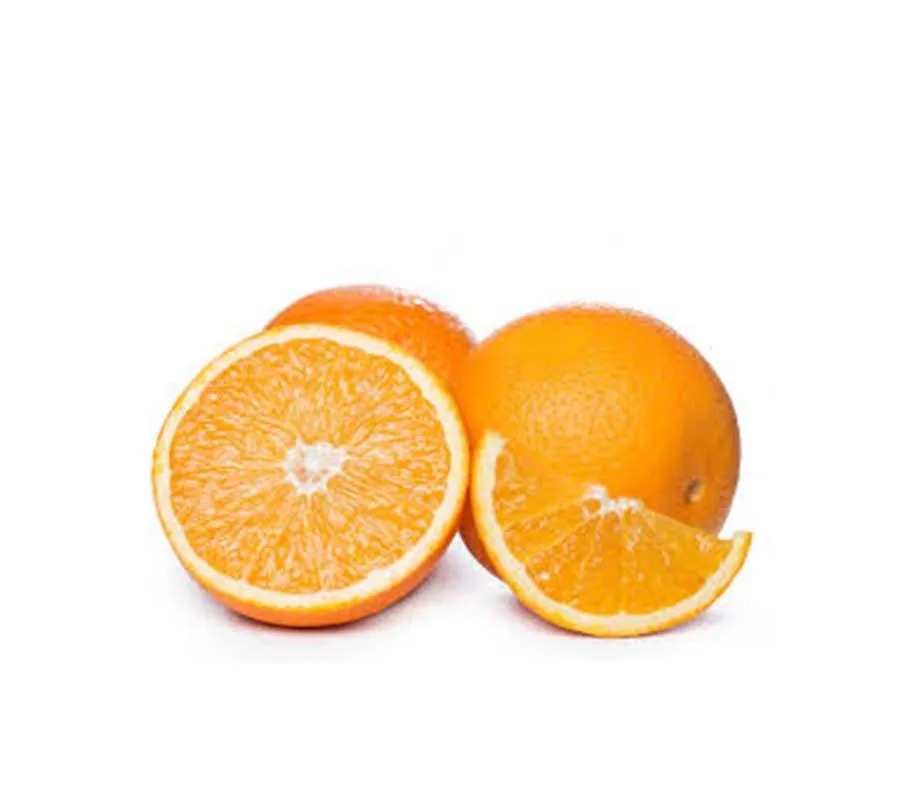
Lastly, it’s worth mentioning that both mandarin fruit and clementines are excellent additions to fruit baskets, making them popular choices as gifts during festive seasons or as healthy treats for employees, clients, or loved ones.
In conclusion, whether you opt for mandarin fruit or clementines, both varieties offer an array of flavors and health benefits. The choice ultimately comes down to personal preference and intended culinary uses. So, why not explore these delightful citrus fruits and enjoy their tangy, refreshing taste in your favorite recipes, or simply savor them as a healthy and satisfying snack.

